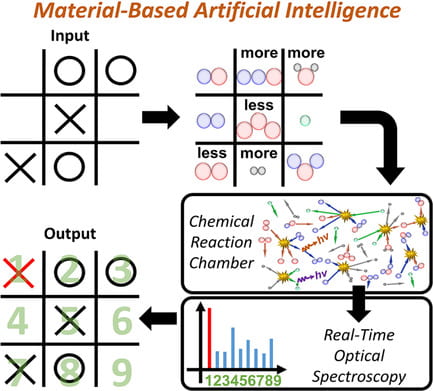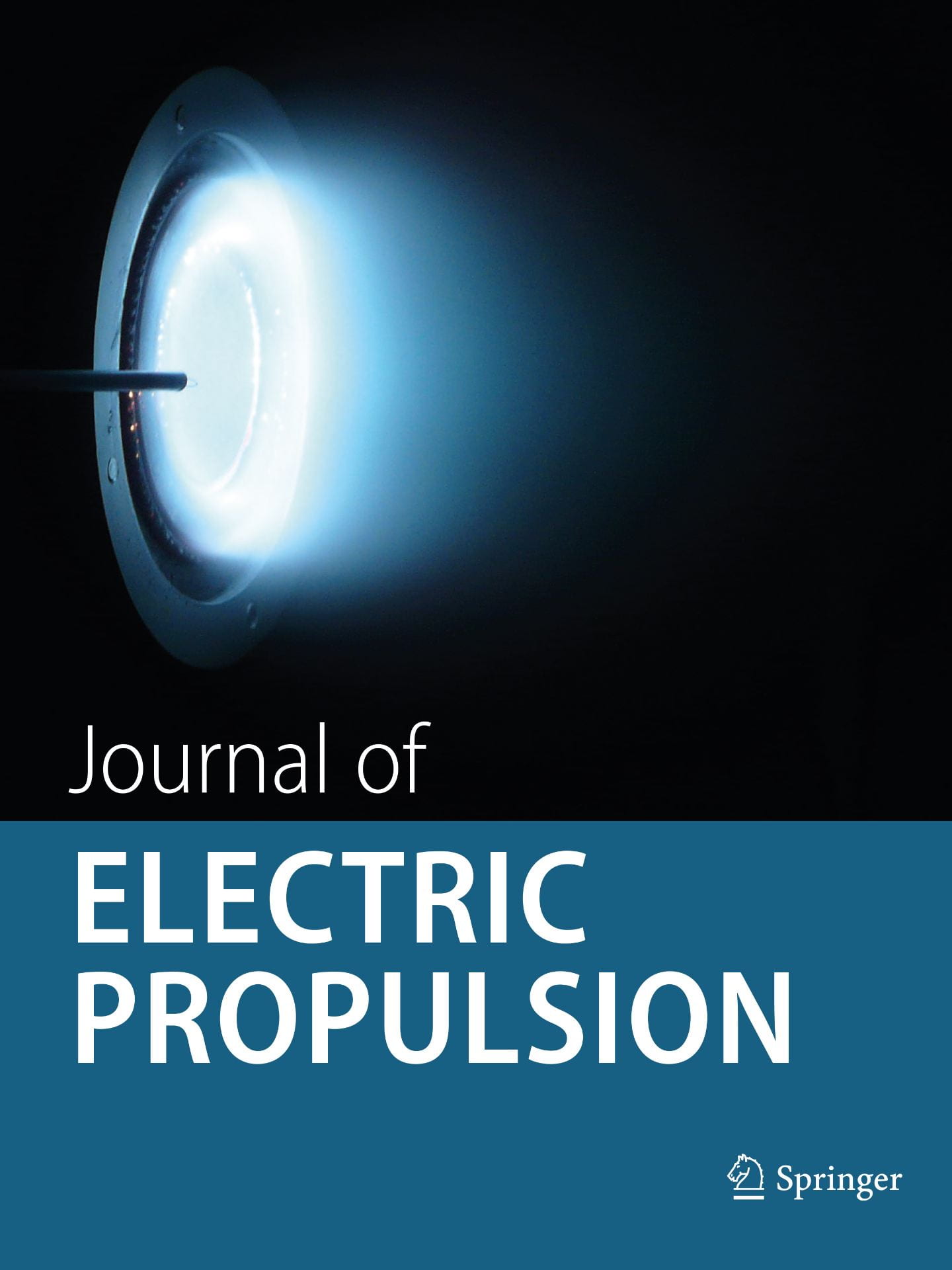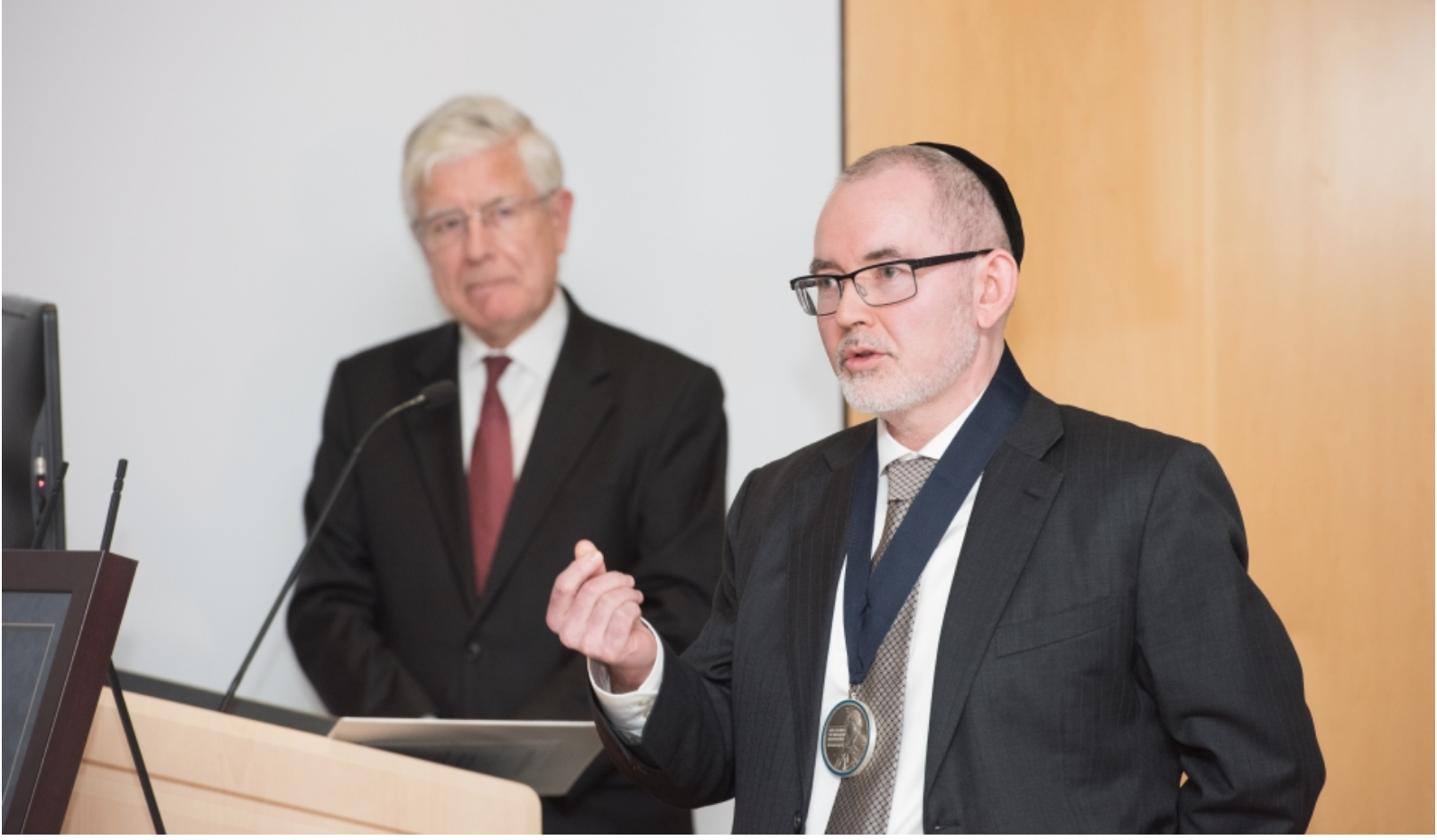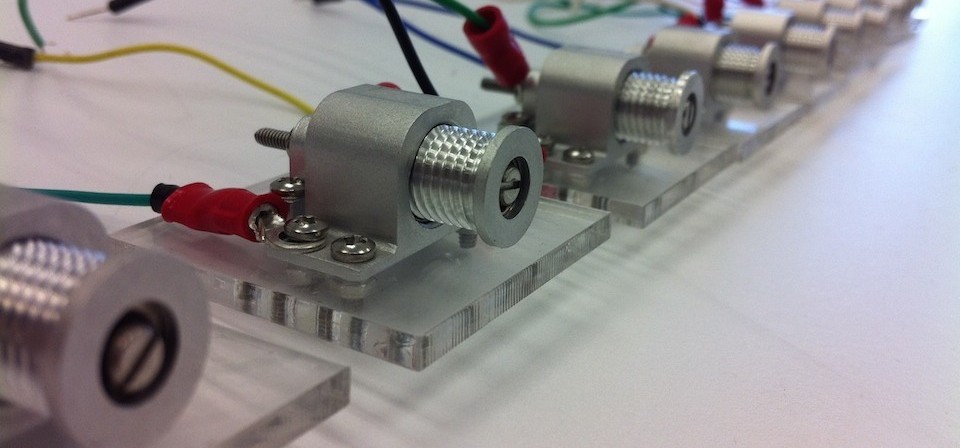In 2007, Dr. Michael Keidar founded The Micro-propulsion and Nanotechnology Laboratory (MpNL) at the George Washington University (GWU) to expand our understanding of plasma and nanoscale phenomena. MpNL researchers focus mainly in three plasma-related applications: (1) propulsion, (2) nanotechnology, and (3) biomedicine.
MpNL research approach combines theoretical and empirical activities in synergy. Our theoretical research is primarily focused on developing analytic models and simulation methods, while our experimental activities aim to validate theoretical models or offer insights not provided by theory. MpNL has an array of sophisticated instrumentation and infrastructure to support fundamental and applied research in plasma and nanoscale physics. MpNL has ongoing collaborations with the GWU Institute for Nanotechnology and Plasma Medicine Program (GWIN/PMP), The GWU School of Medicine and Health Sciences (SMHS), other universities, and government laboratories.

Link to JEP journal

Play this short informational video to learn more about our efforts to sterilize PPE and medical equipment with our newly developed plasma brush.

National Science Foundation (NSF), through their IUCRC program, is sponsoring the Center for High Pressure Plasma Energy, Agriculture, and Biomedical Technologies(C-PEAB), a collaboration between George Washington University, Drexel University, and the University of Michigan. C-PEAB is focused on partnerships with industry to jointly investigate basic plasma science in support of their development efforts in energy, agriculture, and biotechnology sectors. To learn more about the benefits of becoming an industry member, click on the brochure button and visit our web page.
Play this short informational video to learn more about our efforts to treat cancer with cold plasma.
PhD student Position
A PhD student position is opening in the area of cold atmospheric plasma (CAP) for medical application. The main area of research will consist in developing a prototype to activate cancer cells by adaptive CAP. Candidates with a background in electrical engineering or electronics are highly welcome. Interested candidates should send their CV to Prof. Michael Keidar at keidar@gwu.edu.

Dr. Keidar was recently installed as the A. James Clark Professor of Engineering. For the GW Today article, click here !
In this video, Dr. Keidar discusses the use of cold plasma to treat cancer cells.
See our selected news stories by navigating the slider below. Recent highlights include our efforts to use cold plasma to sanitize personal protective equipment to battle COVID-19 , publication of Dr. Keidar's book Plasma Cancer Therapy , and Dr. Keidar's term as president of the Electric Propulsion Rocket Society .
